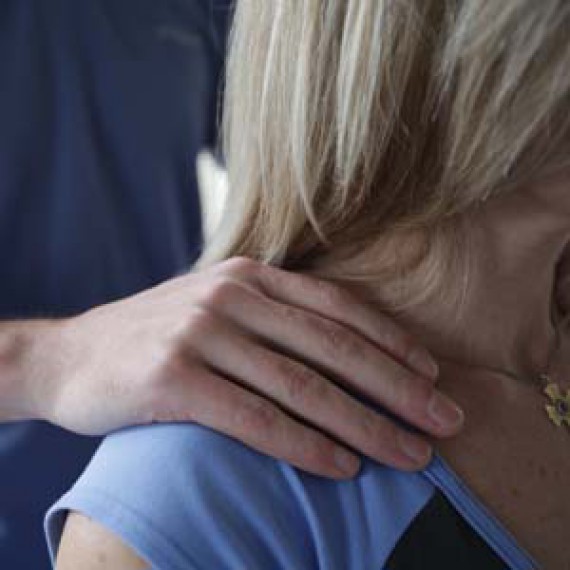Who suffers from low back pain? Regardless of age or gender, approximately 80% of the population will experience back pain. Some of the causes include:
- Poor lifting techniques,
- Sedentary lifestyle,
- Previous back injury,
- Poor posture,
- Scoliosis,
- Pregnancy,
- Lack of muscle tone or mobility,
- Hip, knee or foot problems creating compensatory changes in the low back region.
Sciatica is a painful condition where leg pain is produced by irritation of the scaitic nerve. The severity can vary from a dull ache to incapacitating pain and the symptoms can be constant or intermittent depending on the time of day and activities.
Osteopaths will conduct a full examination to determine the underlying cause of the sciatica and treat the related joints, muscles, ligaments or tendons to reduce the pressure on the sciatic nerve. Sciatica can often resolve quickly with the appropriate management and self-care.
Managing back pain
Many people with back pain think they should avoid exercise in case it makes them worse. However, inactivity will often delay the recovery of back and neck pain. Regular exercise has been proven to speed the resolution of back pain in most cases. It is always best to discuss with your health professional, what type of exercise is best for you and your injury before getting started.
Here are a few suggestions of activities that may be helpful for sufferers of back pain:
- Swimming – generally freestyle and backstroke are the easiest on your back
- Aquaerobics or aqua jogging – exercising in water is fantastic for building up general muscle tone and mobility while avoiding any impact on your joints
- Walking – choose comfortable shoes with low heels and cushioned soles. Start with a short walk and gradually build up, pace yourself. Flat ground is easier on your back than hilly or rough areas
- Yoga – the postures of yoga aim to improve flexibility, strength, circulation and well-being, and reduce stress
- T'ai chi – is an ancient Chinese exercise system that involves slow, purposeful movements. These movements achieve muscular control of body
- Pilates – strengthens the 'core' muscles of the body to gain stabilisation and control of your whole body. It is important to use correct technique, so seek professional advice before getting started. We have preferred providers who can work with you one-on-one or in small groups, see our links in the "Contact" section of the website.
